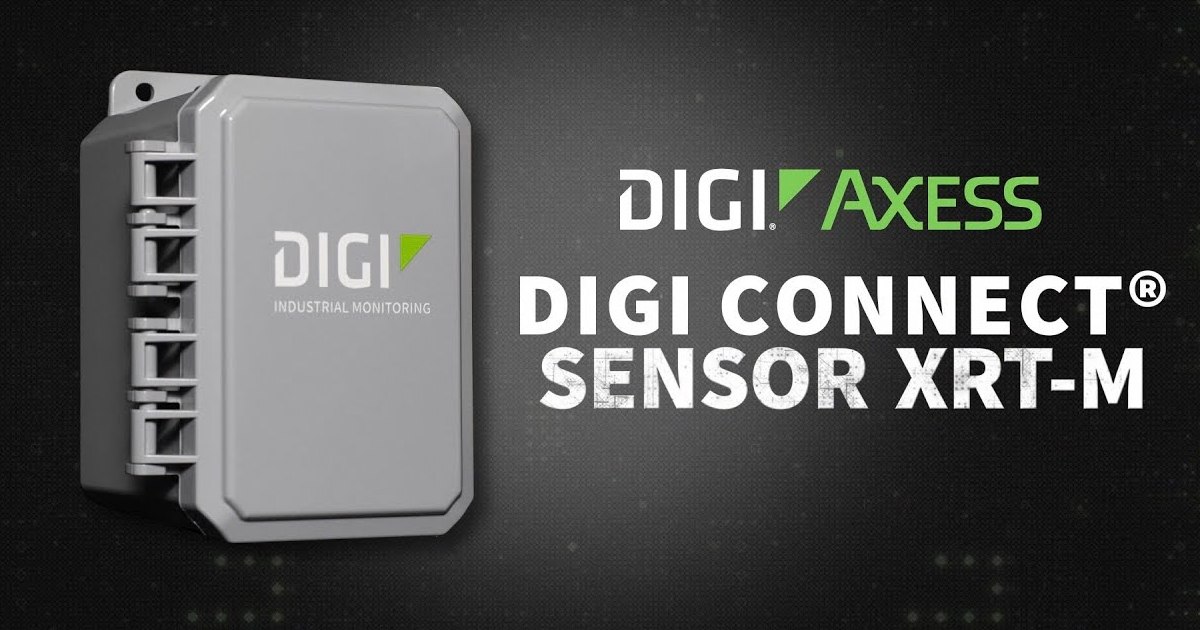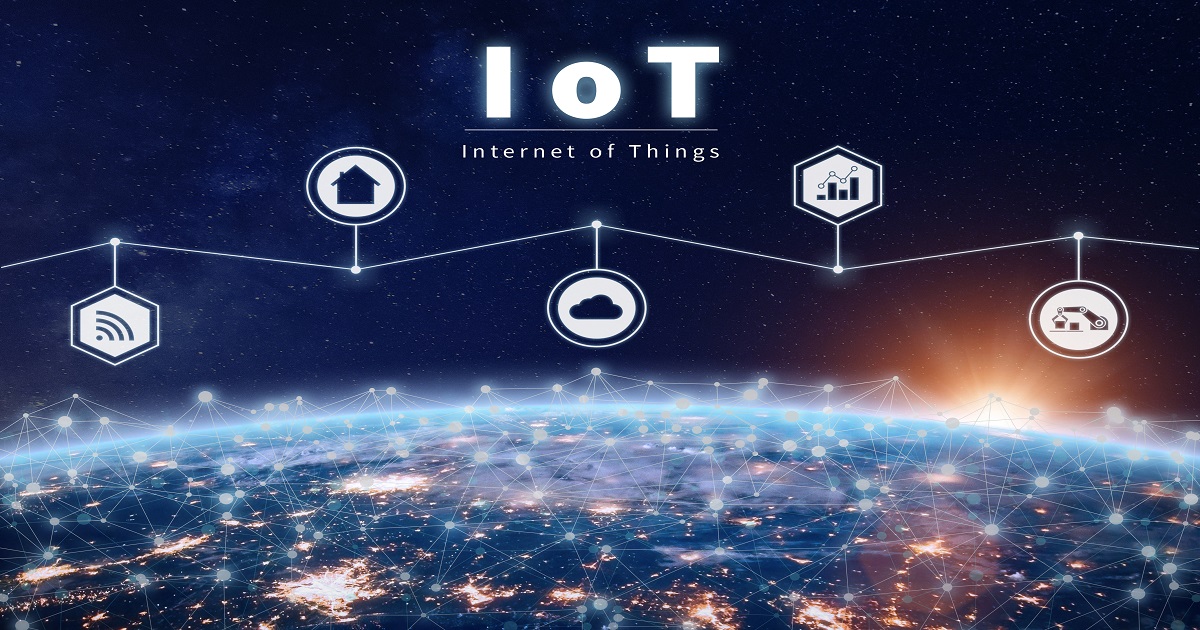Big data is influencing nearly every aspect of our lives, from the advertisements we see online to where we can find our favorite laundry detergent in the store. It should come as no surprise, then, that data collection and analysis has reached education. Everyone from the government down to individual teachers is using data to inform the educational process, with an eye toward creating more meaningful educational experiences and more effectively reaching students.
One area that is seeing a great deal of change due to big data is online learning. As online learning has become an integral part of the overall educational system, administrators, curriculum designers, and instructors have all sought to make the experience as meaningful and engaging as possible. More than ever before, students are looking for programs that will meet their specific needs and allow them to have a more personalized experience, and data is an important part of making that happen. Students looking for the best online MBA program are likely to be more concerned with how the curriculum can be customized to their own needs than with other factors.
Creating this personalized experience in the online environment relies heavily on data, and most online programs have the tools to collect that data. Let’s look at how it’s being used.
Improving Course Operations
Students opt to take online courses for many reasons. One of the most common is the flexibility that it offers, allowing class attendance when it’s convenient. For many students, online classes are preferable because the asynchronous nature of the course allows them to review materials repeatedly and at their leisure, unlike an in-person class in which a lecture is only delivered once.
Instructors can learn a lot from how students access and participate in class, and put that information to use in improving how the course is delivered. For instance, if most students are logging on over the weekend, an instructor may opt to be online for several hours to immediately answer questions and join in the discussion. If it appears that most of the class is repeatedly viewing a lecture — or a section of a lecture — then that could indicate the need for a review of the information or a clearer explanation.
In fact, improving materials and understanding the learning process is one of the major benefits of data in online education. Finding relationships between the material being presented and student results can reveal some surprising conclusions, and create a better experience for everyone. For example, in one study, researchers found that when students were presented with a short video, they actually spent more time on the page digesting the information, whereas if the same material was presented in a longer video, the time on the page dropped considerably — in fact, students spent almost no time on that page. Insights like that can make the difference between an engaging and effective course, and one that students simply “survive” in order to move on to the next requirement.
The Role of Machine Learning
Machine learning, or artificial intelligence, is also finding its way into online education. The data collected from online learning systems — everything from student demographics to the number of words in a typical discussion post — can be mined for insights and applied to algorithms to draw conclusions and make recommendations.
For instance, it’s possible that online programs may be able to identify students at risk of leaving the program weeks or months in advance, based on their behaviors and online activity. By the same token, machine learning is also likely to improve the personalization of courses. Based on student answers to polling, for example, or their performance on course assignments, they will be served personalized, custom content based on their particular needs.
This type of personalization is taking place across the board, with more programs focusing on content curation, social learning, and what’s being referred to as micro learning. Micro learning refers to presenting information in short, easily digestible formats that align more closely with how people learn. By combining AI and micro learning, the online experience becomes highly personalized, and better aligned with individual goals.
As we become more skilled in data analysis and drawing accurate conclusions from massive amounts of data, the online learning experience will undoubtedly change — and become a richer, more meaningful one for all students.
Edited by
Ken Briodagh





